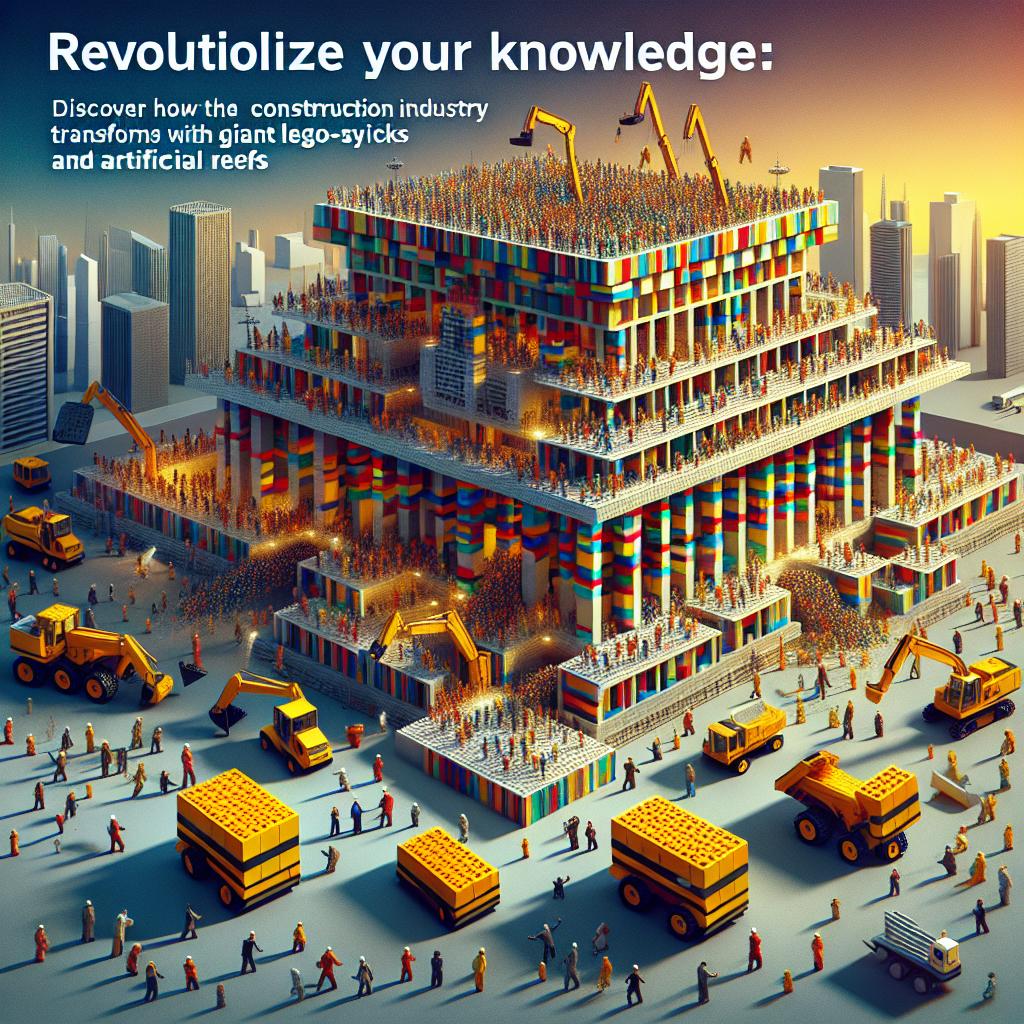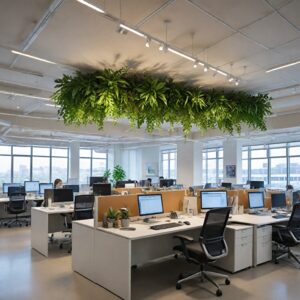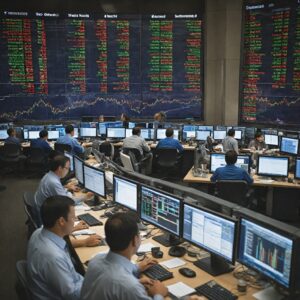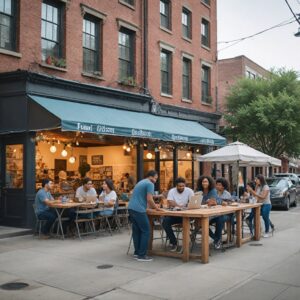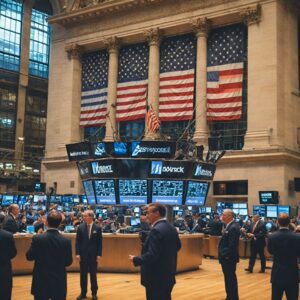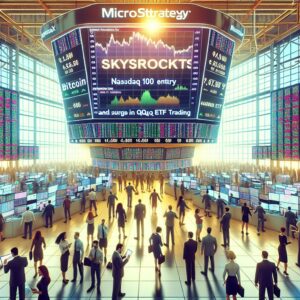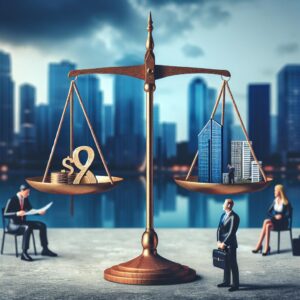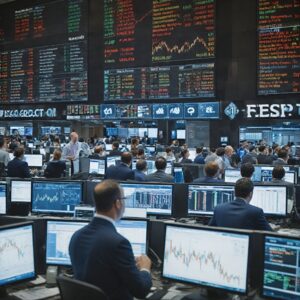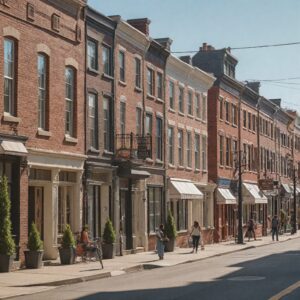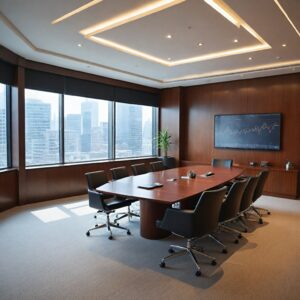Highlights:
– A Turkish businessman uses a theft-prevention material to build earthquake-resistant buildings.
– Sustainable timber and eco-friendly construction methods are on the rise.
– The construction industry is shifting toward more sustainable practices to reduce emissions.
Sustainable Construction Innovations: Renco and Beyond
From combatting manhole cover theft to redefining earthquake-resistant building materials, the construction industry is witnessing a significant transformation. Turkish entrepreneur Engin Yesil’s innovative use of a theft-prevention material called Renco paved the way for earthquake-proof buildings in Turkey and later in the U.S. Renco, a composite made from repurposed materials, is not only strong but also eco-friendly, addressing environmental concerns in construction.
Renco’s impact goes beyond structural integrity. Its lighter weight and lower embodied carbon make it a greener alternative to traditional building materials. With plans to begin manufacturing in the U.S., Renco is poised to revolutionize sustainable construction practices on a larger scale, offering a more environmentally friendly option for building apartments, offices, and more.
Exploring Sustainable Building Practices
While Renco leads the charge in sustainable construction, other companies are also making strides towards eco-conscious building methods. Waugh Thistleton in the U.K. sets an example with its focus on using sustainably sourced timber for construction. By replacing steel and concrete with wood, the firm not only reduces emissions but also promotes a healthier and more natural living environment for occupants.
Embracing sustainable timber not only lowers carbon footprints but also emphasizes the importance of using renewable resources in construction. Despite challenges such as transportation, the shift towards eco-friendly materials like timber signifies a growing recognition of the construction industry’s responsibility in addressing environmental issues.
The Future of Green Construction
As climate change continues to impact coastal areas like Monaco, innovative solutions such as building on water are emerging. The Mareterra development in Monaco showcases how eco-friendly construction methods can mitigate environmental damage while fostering marine life. These initiatives highlight the industry’s potential to evolve towards more sustainable practices in response to global challenges like rising sea levels.
Looking ahead, regulatory frameworks and tools like EC3 are driving the construction industry towards reducing emissions and embracing sustainability. With a growing emphasis on embodied carbon reduction, industry leaders are optimistic about a future where sustainable construction practices become the norm, ensuring a cleaner and greener built environment for generations to come.
Conclusion
In conclusion, sustainable construction practices are reshaping the industry, from seismic-resistant buildings to eco-friendly materials and innovative building techniques. As stakeholders increasingly prioritize environmental consciousness, the construction sector is poised for a sustainable revolution. How can governments worldwide further incentivize the adoption of green building practices? What role can consumers play in promoting sustainable construction choices in the market? How might advancements in sustainable construction impact urban planning and architectural design in the future?
The content is provided by Blake Sterling, Financial Pulse Now

